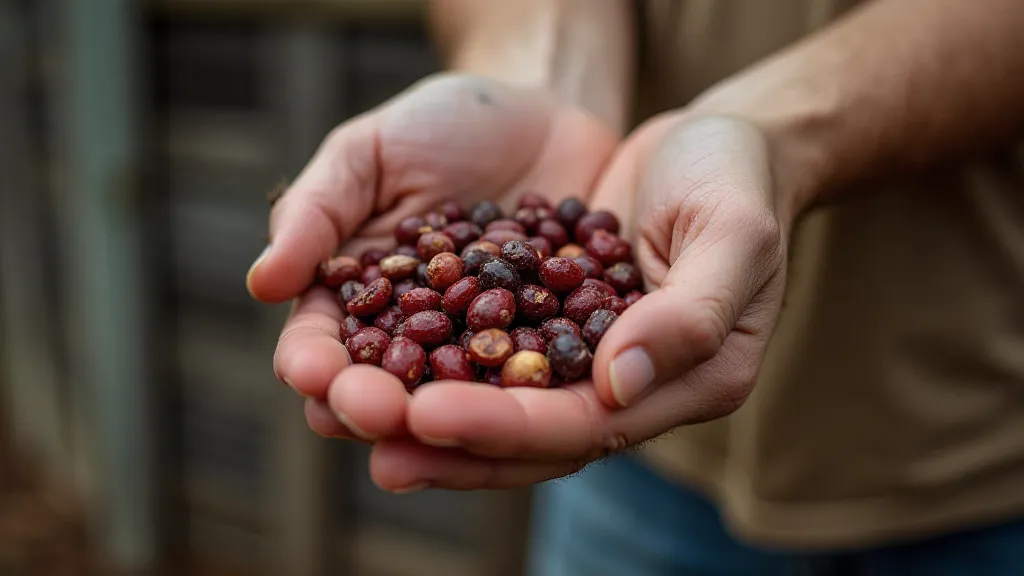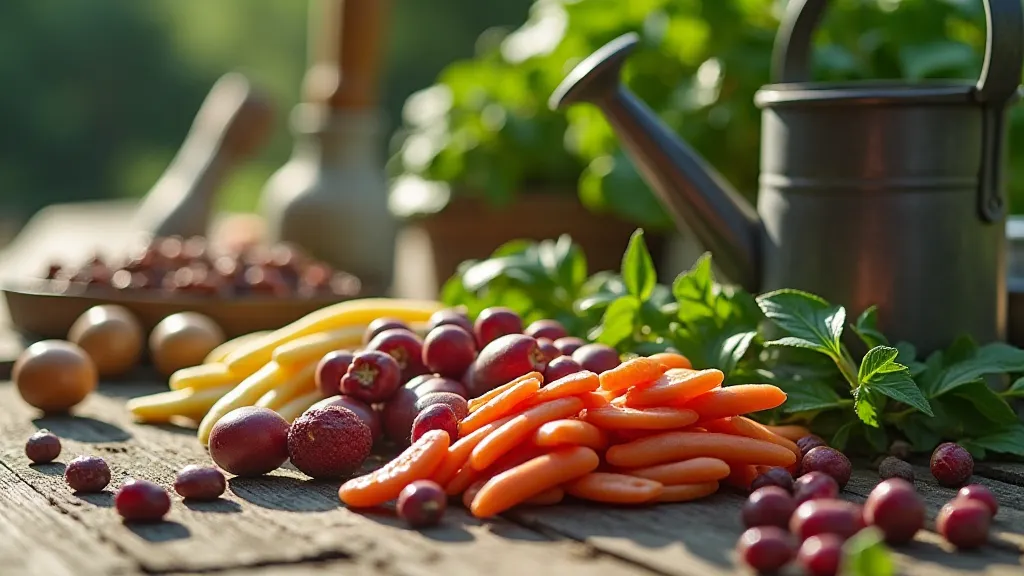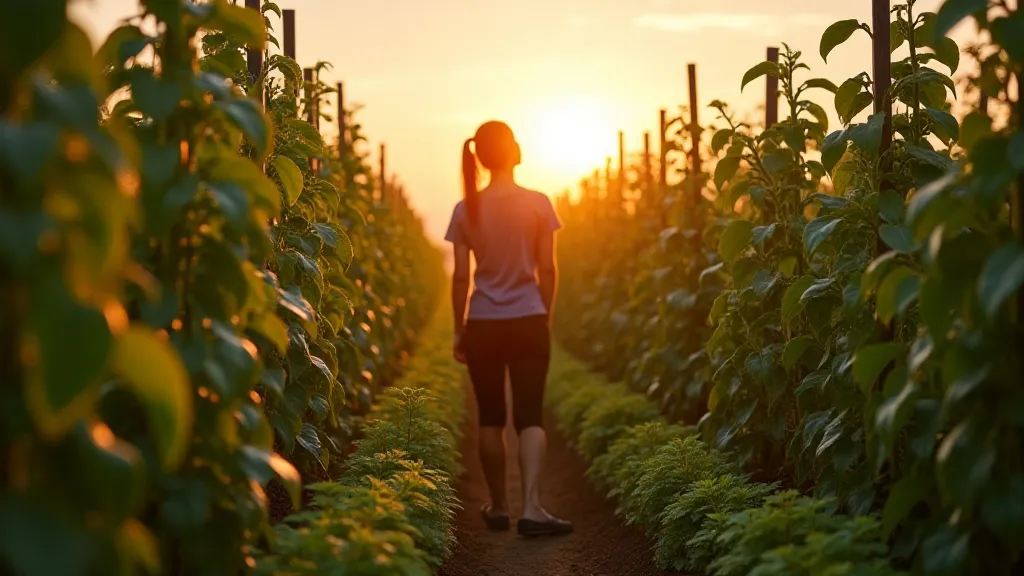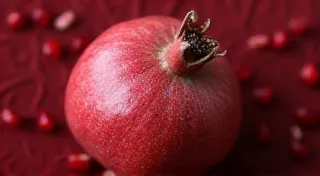The Bean's Metamorphosis: From Seed to Story, a Garden's Transformation
There’s a quiet poetry to heirloom varieties, a resonance that whispers of forgotten histories and persistent traditions. It's a feeling I often find mirrored in the aged bellows and keys of antique accordions – those expressive instruments that carry the weight of celebrations and sorrows, their music a tangible connection to generations past. Similarly, growing heirloom beans isn't just about cultivating a tasty vegetable; it's about participating in a lineage, nurturing a living story back to life. My own journey into the world of bean growing began not with a gardening plan, but with a yearning for something more than the predictable supermarket fare.

The Allure of the Past: Why Heirloom Beans Matter
For years, my garden felt… sterile. Rows of uniform vegetables, predictable harvests. It lacked the depth and character I craved. Then, I stumbled upon the world of heirloom beans. These aren’t your modern, hybridized varieties bred for uniformity and shelf life. They're seeds passed down through families, treasured for their unique flavors, vibrant colors, and the stories they carry. Think of ‘Kentucky Wonder’ beans, a stalwart of Southern gardens for over a century, or the striking ‘Jacob’s Cattle’ beans with their mottled, eye-catching appearance. Each bean represents a connection to a past gardener, someone who carefully saved those seeds, passing on a piece of their heritage.
The craftsmanship involved in preserving these seeds echoes the meticulous work of an accordion maker. Consider the dedication required to construct an accordion – the precise cutting of reeds, the careful shaping of wood, the painstaking assembly of countless components. Similarly, saving heirloom seeds demands observation, careful selection, and a deep understanding of the plant’s life cycle. It's a labor of love, a quiet rebellion against the homogenization of our food system.
From Tiny Seed to Flourishing Vine: The Growing Process
The first few years were… humbling. I made mistakes, plenty of them. I learned about soil pH, the importance of proper drainage, and the devastating impact of unexpected frosts. I planted too densely, I didn’t provide enough support, and I occasionally mistook weeds for precious seedlings. Each failure, however, offered a valuable lesson. Gardening, like restoring an antique accordion, is a process of patient discovery. You learn to listen to the plant, to observe its subtle cues, and to adapt your approach accordingly.
Bean growing, thankfully, isn’t excessively demanding. They thrive in warm, sunny locations with well-drained soil. Direct sowing is the easiest method; simply scatter the seeds about an inch deep and a few inches apart after the last frost has passed. Bush beans, as their name suggests, grow in a compact, bush-like form and require minimal support. Pole beans, however, need a trellis or other structure to climb. Providing this support isn’t just about physical stability; it’s about offering them a pathway to reach for the sun, allowing them to fully express their potential.
Watering is key, especially during dry spells. Consistent moisture promotes strong growth and plump, flavorful beans. And don't underestimate the power of companion planting. Beans fix nitrogen in the soil, benefiting neighboring plants like corn and squash – a beautiful example of symbiotic relationships in the garden.
The Symphony of Harvest: A Feast for the Senses
The moment of harvest is always a cause for celebration. There's a profound satisfaction in pulling those vibrant, plump beans from the vine – a tangible reward for the effort and care invested. The snap of the pod, the earthy aroma – it's a sensory experience that connects you to the land and the generations who have cultivated it before you.
Different varieties mature at different times, allowing for a succession of harvests throughout the season. Snap beans, eaten fresh, offer a satisfying crunch and delicate flavor. Shell beans, like ‘Jacob’s Cattle,’ require a longer cooking time but deliver a rich, buttery taste. And dried beans, carefully strung and hung to dry, become a pantry staple, providing nourishment throughout the winter months. The process mirrors the thoughtful preservation of an accordion, painstakingly maintaining its integrity for future enjoyment.

Beyond the Bean: Lessons from the Garden
Growing heirloom beans is more than just a gardening project; it’s a journey of self-discovery. It's a lesson in patience, resilience, and the importance of connection – connection to the land, to the past, and to the community of gardeners who share a passion for preserving these precious varieties. Just as an accordion's voice embodies years of music and emotion, these beans carry the echoes of countless generations.
I'm not a master gardener, nor an expert accordion restorer. I’m simply someone who appreciates the beauty of craftsmanship, the value of tradition, and the profound satisfaction of nurturing something beautiful from a tiny seed. The garden has taught me that even in failure, there is growth. That every mistake offers a new opportunity to learn. And that the simplest acts of cultivation can yield the most profound rewards. The bean’s metamorphosis – from a humble seed to a vibrant, flavorful harvest – is a reflection of our own personal transformation, a testament to the enduring power of nature and the enduring beauty of the past.






